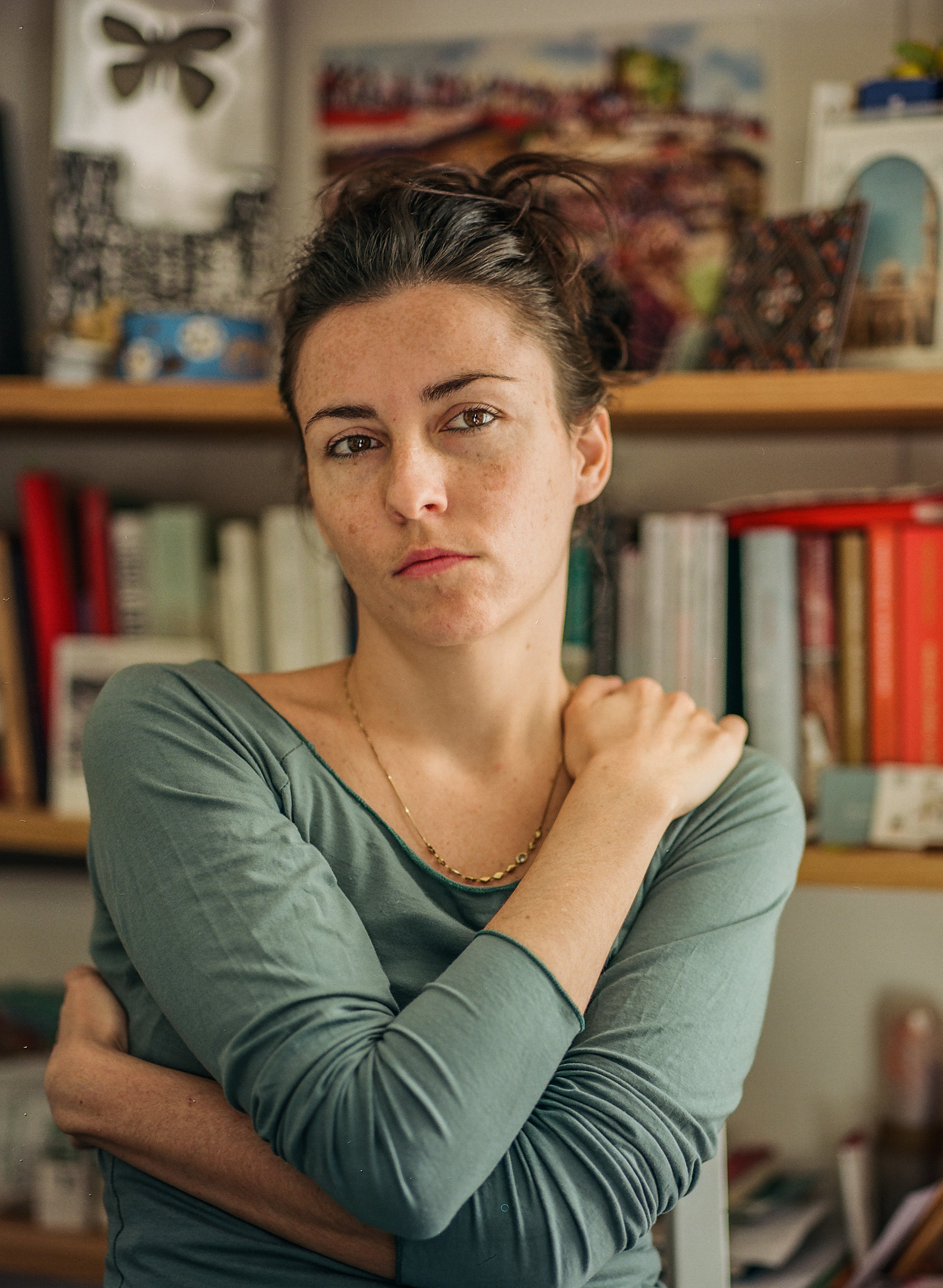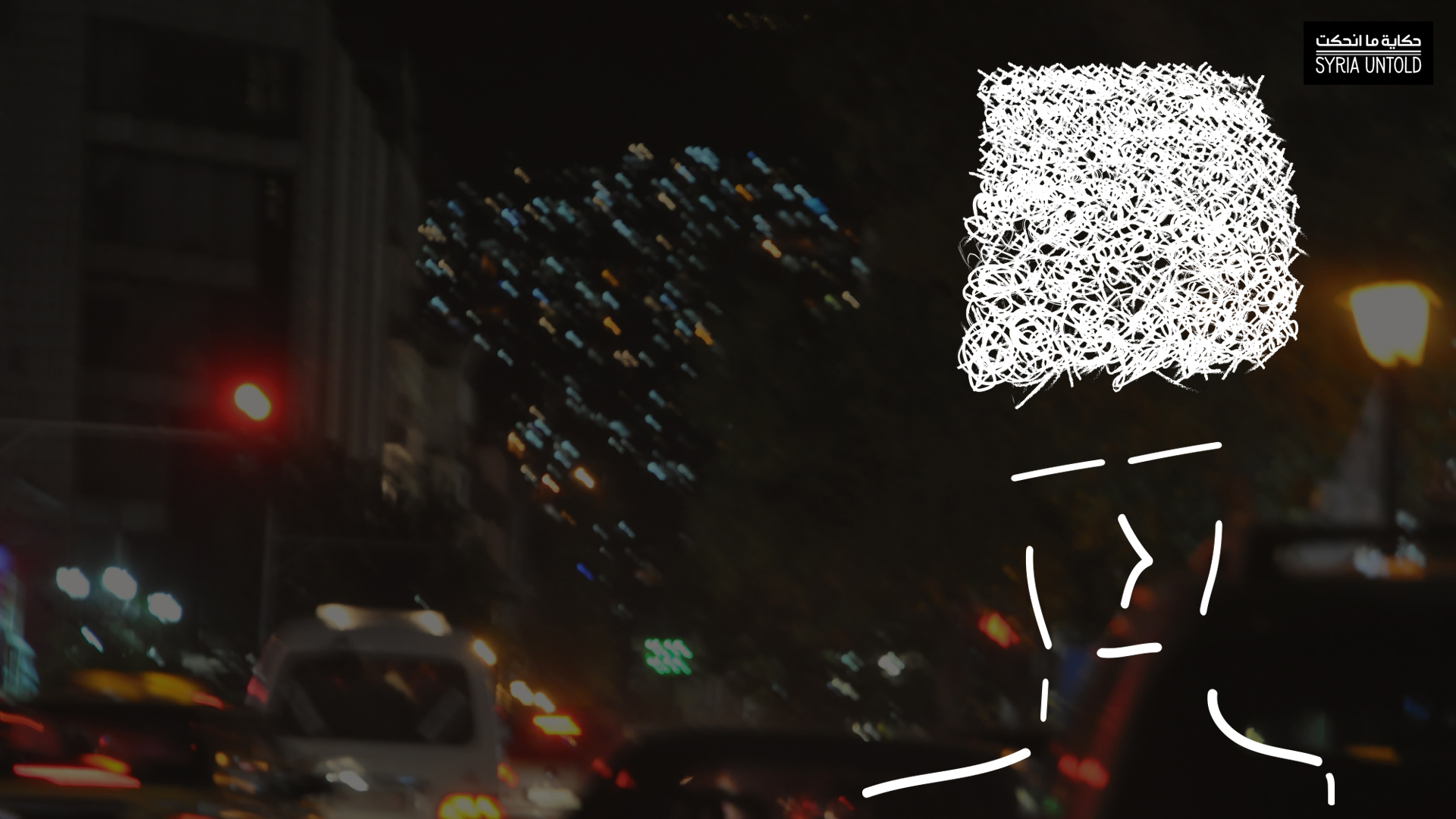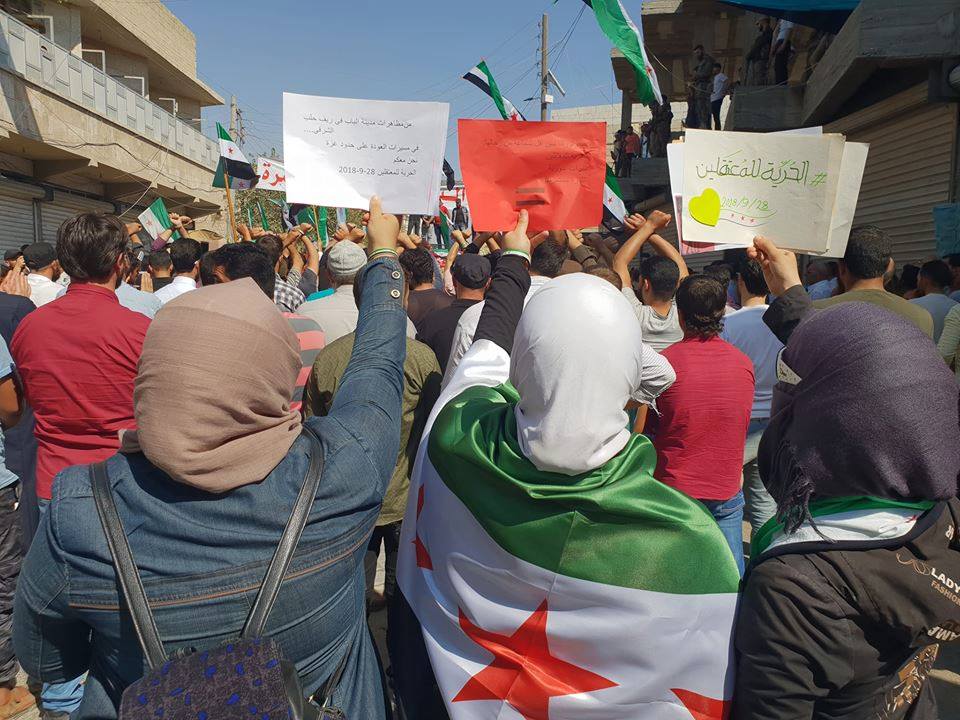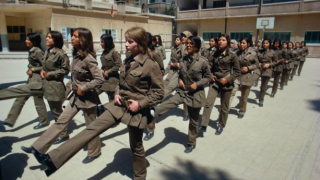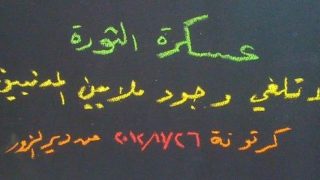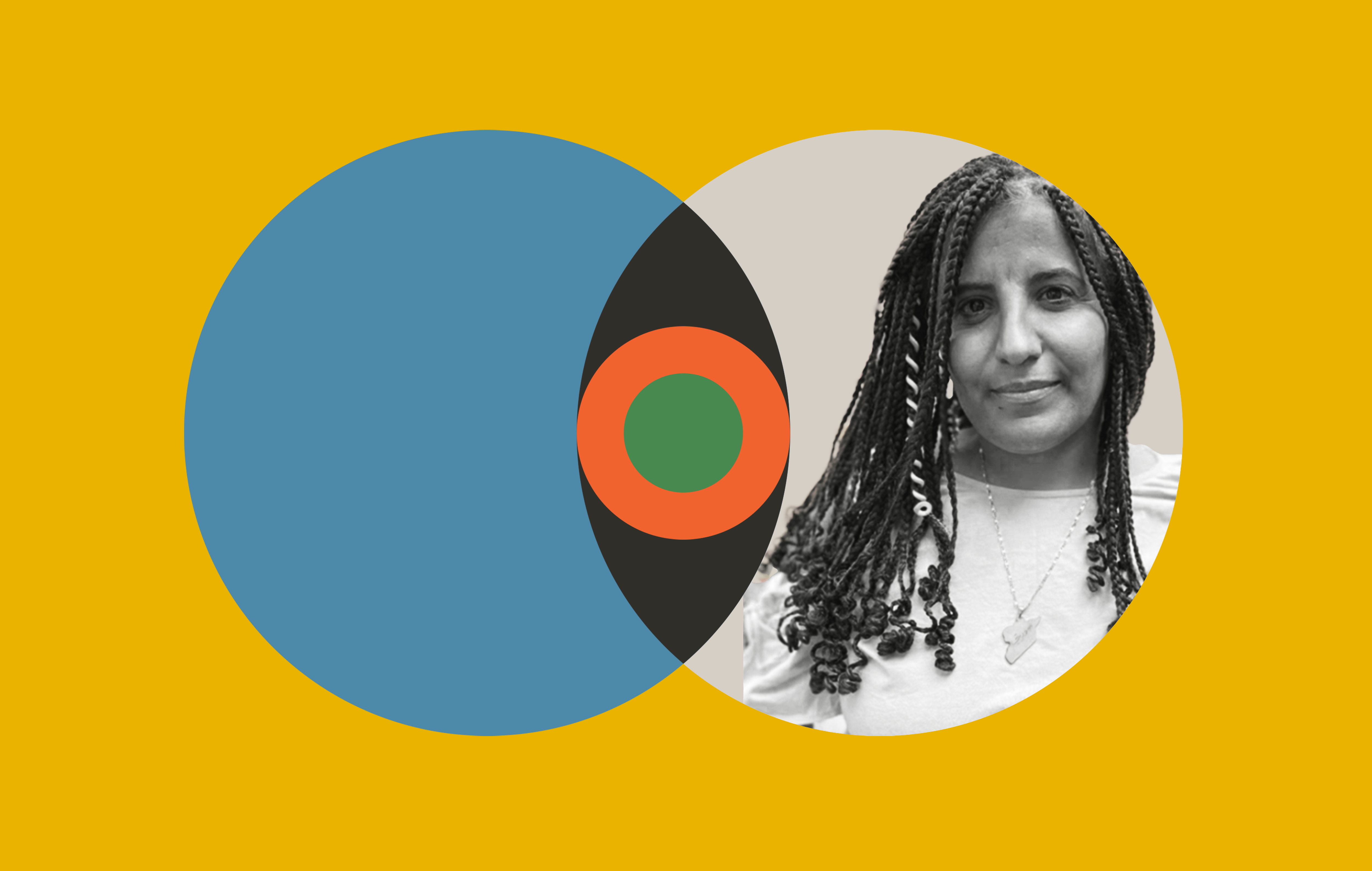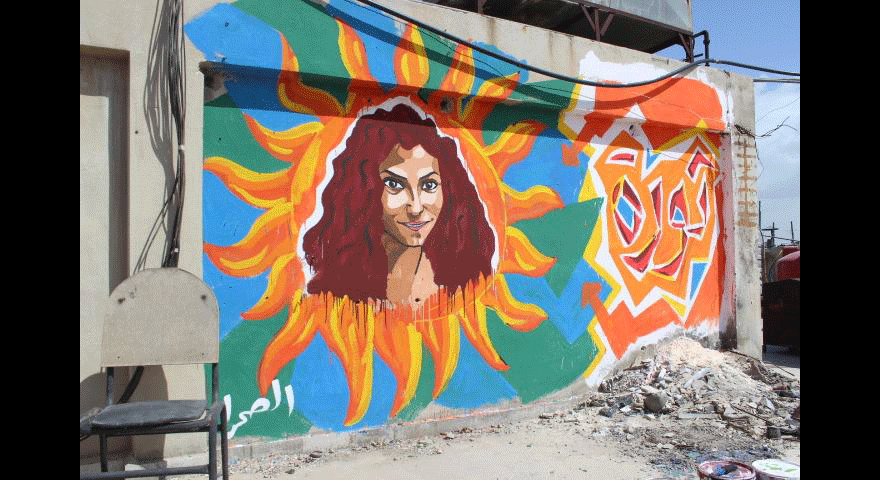In your book, you wrote about the regime constructed militarized masculinities in the contemporary history of Syria. Can you first tell us more about your work and how this idea and the research was born, in which context or field?
As a Syrian woman who grew up under Baathist rule, my positionality profoundly shaped my research. I’ve always found that the dominant narrative about women’s subjugation in Syria focused excessively on religious traditions. However, my personal experience showed me a different reality. The authoritarian state I lived in was officially non-religious and actively curtailed public religious expressions. For me, the real constraints on gender roles stemmed not from religious institutions but from the secular, nationalist ideology propagated by the regime.
From a young age, I was exposed to the Baathist education system, which ingrained a deeply gendered nationalist narrative. We were required to memorize the words of early nationalist thinkers and perform rituals of loyalty to the regime. Boys were sent to paramilitary training, while girls were confined to traditional roles like sewing and cooking. The messages were clear: men were the active heroes of the nation, while women were relegated to supportive roles. This systemic indoctrination enforced a sense of brotherhood that excluded women, making us feel like outsiders in our own national story.
I went through a personal transformation regarding the hijab (headscarf). For a time, I viewed wearing the hijab as a form of resistance against the secular authoritarianism of the Baathist state. I saw it as a way to reclaim personal agency in a society that sought to homogenize identities and suppress religious expressions. However, I was equally opposed to private religious authoritarianism that dictated women must wear the hijab. This duality reflects my belief that women’s autonomy should be central. The intersection of secularism, religion, and gender in Syria is complex. It demonstrates that authoritarian regimes can manipulate both secular and religious narratives to maintain control. My research emphasizes the importance of allowing individuals to construct their identities without external imposition, whether it be from the state, religious institutions, or cultural norms.
Later, I came to see that even after the uprising in 2011, the same militarized, masculine narratives persisted across all factions. Despite the revolution’s potential for change, the language of heroism and sacrifice—often excluding women—continued to dominate. I realized that this romanticized nationalism wasn’t a new feature but had been deeply rooted in the Baathist regime’s discourse for decades. My experience of this secular nationalist indoctrination, rather than religious oppression, motivated me to focus my research on how nationalism and militarism have shaped gendered subjectivities in Syria
Today we are witnessing a turning point in the history of contemporary Syria. The legacy of baathist authoritarianism and militarized identities will probably haunt the country for decades to come. What are in your opinion the main negative aspects clearly visible in this first phase of transition?
Syria stands at a critical turning point, transitioning from decades of Baathist authoritarian rule to a new era shaped by the victories of rebel forces. While this shift marks the end of a long-standing regime, it also brings with it a concerning legacy—the persistence of militarized masculinity as a dominant cultural and political narrative. The current discourse heavily emphasizes heroic male fighters who have "liberated" the nation, perpetuating a gendered framework of national identity that continues to sideline women and alternative forms of civic engagement.
My concern is that this focus on male heroism risks embedding a new form of exclusionary nationalism that mirrors the Baathist legacy, albeit under a different banner. Rebel fighters, who are now seen as symbols of national freedom, may continue to shape Syria's political landscape through militaristic and hyper-masculine ideals. This could hinder efforts to create a pluralistic and inclusive national identity that values civil contributions alongside military achievements.
This focus on male heroism risks embedding a new form of exclusionary nationalism that mirrors the Baathist legacy, albeit under a different banner.
While it is natural for nations emerging from conflict to celebrate their military heroes, Syria must be cautious not to construct a national narrative that exclusively masculinizes the concept of liberation and governance. The danger lies in replicating the Baathist model, where loyalty to the nation was tied to military service and masculine strength. Instead, there is an urgent need to diversify the symbols of national identity, recognizing the contributions of women, civil activists, and marginalized groups in the rebuilding of Syria.
To move beyond militarized masculinity, Syria should focus on:
- Narrative Reconstruction: Developing a national story that celebrates non-military forms of heroism, such as peacebuilding, education, and humanitarian work. This would help shift the focus from fighters as saviors to a more inclusive and civic-oriented narrative.
- Inclusive Governance: Ensuring that former fighters do not monopolize political power in post-conflict governance. Instead, governance structures should prioritize civilian leadership and representation of diverse voices.
- Gender-Sensitive Policies: Implementing gender-sensitive transitional policies that recognize the role of women in the revolution and post-war reconstruction. This includes revising school curricula, media narratives, and public discourse to challenge gendered stereotypes.
I do think that while it is expected that military figures will play a role in shaping the post-conflict national identity, Syria must strive to construct a new narrative that goes beyond masculinized symbols. The nation’s future should not be built solely on the legacy of heroic male fighters, but on a collective identity that values civic participation, social justice, and gender equality. Only through such an approach can Syria truly break free from the authoritarian and militarized legacies of its past.
As you wrote, women were subordinated to the periphery as symbols—mothers and victims, while men were heroes and enforcers. But the Syrian revolution and decades of feminisms in the country, despite regime and violence, have proven that Syrian women have a determined will to reverse the narrative. How is this proven in your book and in recent history? And which are the distinctive roles, actions that can make the difference today more than ever?
In my book, I explore how women in Syria were historically relegated to symbolic roles within the nationalist narrative, often positioned as mothers and victims while men were portrayed as heroes and enforcers of national identity. However, despite these constraints, Syrian women have demonstrated a remarkable ability to challenge and reshape these narratives.
Throughout the decades of Baathist authoritarianism, women were depicted as passive bearers of national identity rather than active agents in shaping the nation. Yet, the Syrian revolution and various feminist movements have disrupted this imagery. Women have not only participated in the revolution but have also led initiatives, organized protests, and contributed to intellectual and cultural resistance against both the regime and the patriarchal structures embedded within society.
Syria must strive to construct a new narrative that goes beyond masculinized symbols.
In my final chapter, I highlight that Syrian feminists have worked tirelessly to push back against this marginalization. They have argued for a redefinition of national identity that includes women as equal citizens, not as secondary figures within a patriarchal framework. These efforts are significant because they move beyond symbolic inclusion and seek to create structural changes in governance, legislation, and societal norms.
One of the key points I emphasize is the necessity of reconstructing national identity in Syria in a way that breaks free from traditional gender binaries. The post-war period offers an opportunity to redefine what it means to be a Syrian citizen. Women’s activism and leadership during and after the revolution provide a foundation for challenging the militarized, masculine identity imposed by the Baathist regime. This includes acknowledging women’s contributions to the revolution and ensuring that their voices are central to rebuilding the nation.
Additionally, my research stresses the importance of rejecting the narrative that links national strength to masculine heroism. The idea of “muscular nationalism,” which I discuss extensively, has perpetuated gender hierarchies and limited the potential for an inclusive Syrian identity. To move forward, Syria must adopt a model of civic nationalism that recognizes and respects the contributions of all citizens, regardless of gender.
In recent history, we’ve seen women leading initiatives in peacebuilding, education, and local governance. These roles are crucial in the current phase of transition and reconciliation in Syria. By amplifying the voices and actions of women, there is a greater chance of establishing a more inclusive and pluralistic national identity.
As such, the legacy of Baathist nationalism must be critically examined to dismantle the patriarchal structures it enforced. Women’s roles in the revolution and their ongoing activism are key to this process. Syrian feminists are advocating for a national narrative that moves beyond militarized masculinity and recognizes women as equal partners in shaping Syria’s future
Masculinity and heroism are also visible traits in positive and not military-related examples of men like the civil activists of the Syrian Revolution, more than their female counterparts and their cultural or political achievements. How is this also related to militarized identities?
Yes, I agree. Interestingly, this concept of heroism transcended the military sphere and became visible in civil activism, particularly during the Syrian Revolution. While civil activists aimed to promote democratic ideals and social justice, their narratives often echoed traditional masculinized ideals of heroism. For instance, civil activists who risked their lives to document atrocities or who organized protests were frequently portrayed as national heroes. Their actions were framed through the same lens of bravery and sacrifice that the regime had long used to glorify soldiers and fighters.
While civil activists aimed to promote democratic ideals and social justice, their narratives often echoed traditional masculinized ideals of heroism.
This narrative reinforces the broader issue of militarized identities in Syria. Even in non-military contexts, male civil activists were often celebrated for embodying these heroic traits, while the contributions of female activists—who played crucial roles in mobilizing communities and advocating for rights—were less recognized. This reflects a broader societal issue where masculinity is equated with leadership and heroism, creating an ongoing struggle to recognize diverse forms of activism and leadership beyond traditional gendered frameworks.
Challenging this militarized identity is crucial for post-conflict Syria. The country must foster a national narrative that values inclusive forms of heroism, recognizing the contributions of all citizens—regardless of gender—in rebuilding Syrian society. Shifting away from this entrenched masculinist ideal would allow for a more pluralistic and inclusive understanding of heroism and leadership in both political and civil spheres.
What did distinguish Syrian masculinities from other neighbor countries, what are their commonalities or specificities?
The rise of militarized masculinity is not unique to Syria but rather a universal phenomenon that has been observed across various post-colonial contexts. In my research, I draw extensively from postcolonial theorists like Homi Bhabha, Nira Yuval-Davis, and Sikata Banerjee, who have analyzed the intersections of nationalism, gender, and identity. Banerjee’s work on militarized masculinities in India highlights how post-colonial states often construct national identities around martial values, portraying men as protectors of the nation and women as symbolic bearers of cultural purity. This framework is directly relevant to understanding how Baathist Syria and many other Arab regimes have constructed national identities.
In the Arab world, nationalism has often been tied to Arabism, which itself is inherently masculinized. The romanticized image of the heroic Arab warrior, prevalent in Baathist ideology, is rooted in the idea of defending the nation from foreign invaders. This ethos promotes a narrative where strength, sacrifice, and loyalty are seen as masculine virtues essential for maintaining national sovereignty. Primordial nationalism, which is based on the idea of shared blood, heritage, and cultural purity, tends to be saturated with these militarized masculine values. As a result, women are often excluded from the national narrative, relegated to symbolic roles rather than being recognized as active agents in shaping the nation.
‘Waiting is worse than death’: The everyday heroines of Idlib
02 January 2020
What distinguishes Syrian masculinities is the Baathist regime’s specific use of militarized masculinity to sustain authoritarian rule. Unlike some neighboring countries where nationalism has evolved towards more civic frameworks, Syria remained entrenched in a cultural nationalism that emphasized non-voluntary allegiance to the state and its leader. The regime’s reliance on paramilitary training for young men and the constant glorification of military service reinforced a hyper-masculine national identity.
However, it is important to note that this militarized model is not sustainable in the long term. The transition towards civic nationalism, which emphasizes rights, responsibilities, and the rule of law over ethnic or cultural homogeneity, is essential for building a cohesive social contract in post-conflict Syria. Civic nationalism moves beyond the romanticized notion of the heroic protector and instead values the collective contributions of all citizens, regardless of gender, in building a just society.
Ultimately, the goal should be to reach a point where we no longer need nationalism as a tool to unify society. Instead, we should strive for strong, transparent institutions and a legal framework that ensures equality and justice for all. When a society is governed by laws rather than nationalist myths, it can achieve true freedom and inclusivity. This shift requires dismantling the legacy of militarized masculinity and redefining heroism to include non-militarized, civic contributions. It is only through this transformation that post-conflict Syria can hope to establish a stable, inclusive, and democratic future.
How can these concepts be challenged, particularly in a moment of common liberation?
The concepts of militarized masculinity and romanticized heroism in Syria can be challenged by adopting a comprehensive approach to redefine what heroism and national belonging truly mean. My analysis in the book demonstrates that Baathist nationalism has long been rooted in an ideal of muscular nationalism—where the nation is personified through a heroic, militarized male figure willing to sacrifice everything for the state. This legacy, as deeply ingrained as it is, must be undone through a pluralistic and inclusive political transition.
First, it is essential to redefine heroism away from its current masculine, martial framing. Heroism should no longer be tied to physical violence or militarized acts. Instead, we must highlight alternative narratives that celebrate nonviolent civic engagement, education, and the rebuilding of Syrian civil society. Women’s roles in the Syrian revolution, especially in humanitarian work, community organizing, and peacebuilding, offer powerful examples of non-militarized heroism.
We must highlight alternative narratives that celebrate nonviolent civic engagement, education, and the rebuilding of Syrian civil society. Women’s roles in the Syrian revolution, especially in humanitarian work, community organizing, and peacebuilding, offer powerful examples of non-militarized heroism.
Second, to challenge these entrenched gendered narratives, we must pressure the caretaker government to implement laws allowing the establishment of political parties. Without legal frameworks that allow for democratic political engagement and rivalries, the existing dynamics will continue to favor traditional masculinist power structures. Syrians need to experience and practice political pluralism to move away from authoritarian, top-down, and militarized governance models.
Third, the international community has a critical role to play in supporting Syrian civil society, which is currently fragmented. We need to advocate for continued international funding and training programs that strengthen Syrian civil society organizations, especially those focused on women’s empowerment and youth engagement. These groups are essential for promoting civic values and creating spaces where alternative narratives of belonging can flourish.
Finally, there must be a pause in national dialogues until these structural transitions are in place. Engaging in a national dialogue prematurely risks reinforcing the very power structures we seek to dismantle. The focus should first be on completing the necessary legal, social, and economic transitions that pave the way for a genuinely inclusive and pluralistic dialogue. In sum, challenging the legacies of militarized masculinism requires a radical rethinking of national narratives and a commitment to building inclusive political institutions that move beyond the romanticized, gendered conceptions of heroism and citizenship.


